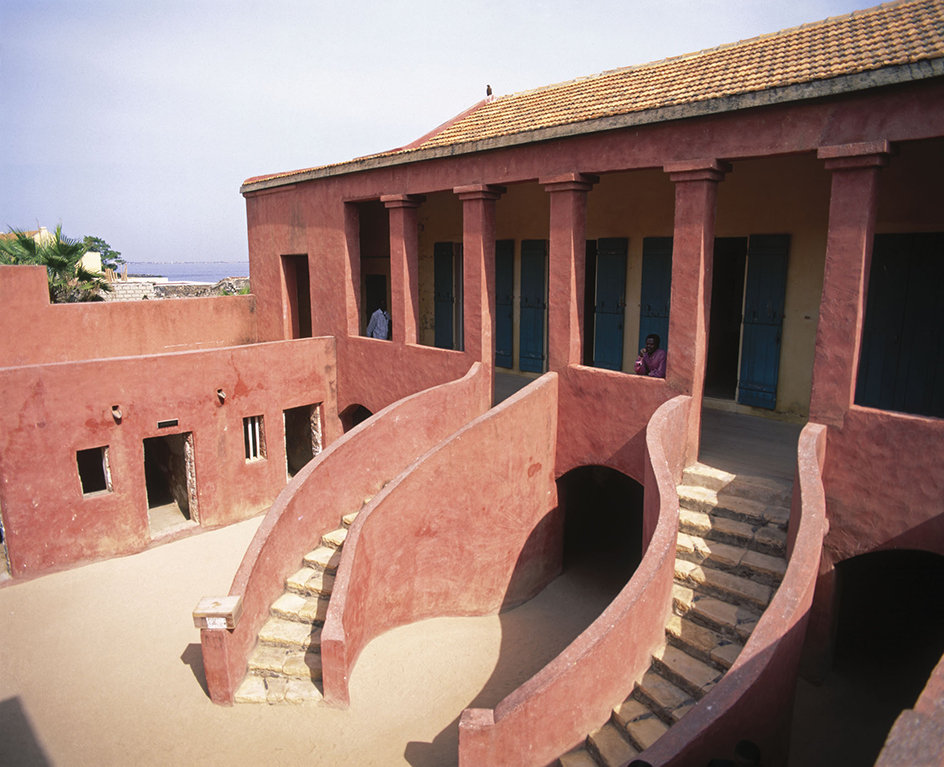Gorée, << gaw RAY >> is a small island off the coast of Dakar, Senegal, that has come to symbolize the history of the slave trade from Africa. The island belongs to Senegal. From the 1400’s to the early 1600’s, the region of Senegambia, with Goree at its center, was the main source of slaves for the Americas. Hundreds of thousands of Africans were brought to Goree and other nearby ports to await shipment across the Atlantic. The last slave shipments from Goree probably took place in the early 1800’s.
Tourism at Goree has led to disputes about the island’s role in the slave trade. Guides and promoters depict Goree as central to the entire slave trade, even though it was only one port among many on the African coast. Other islands and ports along the coast were of similar or greater importance as slave trading centers. Nevertheless, Goree is internationally known for its association with the slave trade. Many tourists visit the island’s House of Slaves. It is one of dozens of buildings from the 1700’s and early 1800’s that give visitors the impression of a port city from the slave trade era.

Portuguese sailors first visited Goree in 1444. The Dutch set up forts and a permanent settlement there after gaining the island in 1627. The French seized Goree in 1677. Except for two brief periods of British occupation, France held Goree until 1960. That year, Senegal became an independent country.
